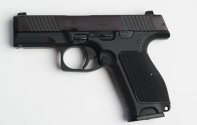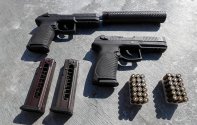S-350 was not used in Crimea ? seen it in the news a couple of time but could be false news.s-350 is not in field so no reason in this area if this info is correct. S-350 high g missiles are almost inside the city.
Last edited:
S-350 was not used in Crimea ? seen it in the news a couple of time but could be false news.s-350 is not in field so no reason in this area if this info is correct. S-350 high g missiles are almost inside the city.


8 is far too few when some of them are not available due to maintenance needs and other reasons, and the need to keep them up 24x7 in all across the battlefront.Like I said there is the A-100 Premier program. But the development for that isn't finished yet.
A lot of people also seem to persistently undercount the amount of A-50U that have been upgraded.
They have delivered at least eight upgraded A-50U aircraft and they seem to upgrade like one or two aircraft a year.
The radar in the A-50U is pretty much obsolete at this point. But it isn't like the US E-3 AWACS aircraft are much better.
